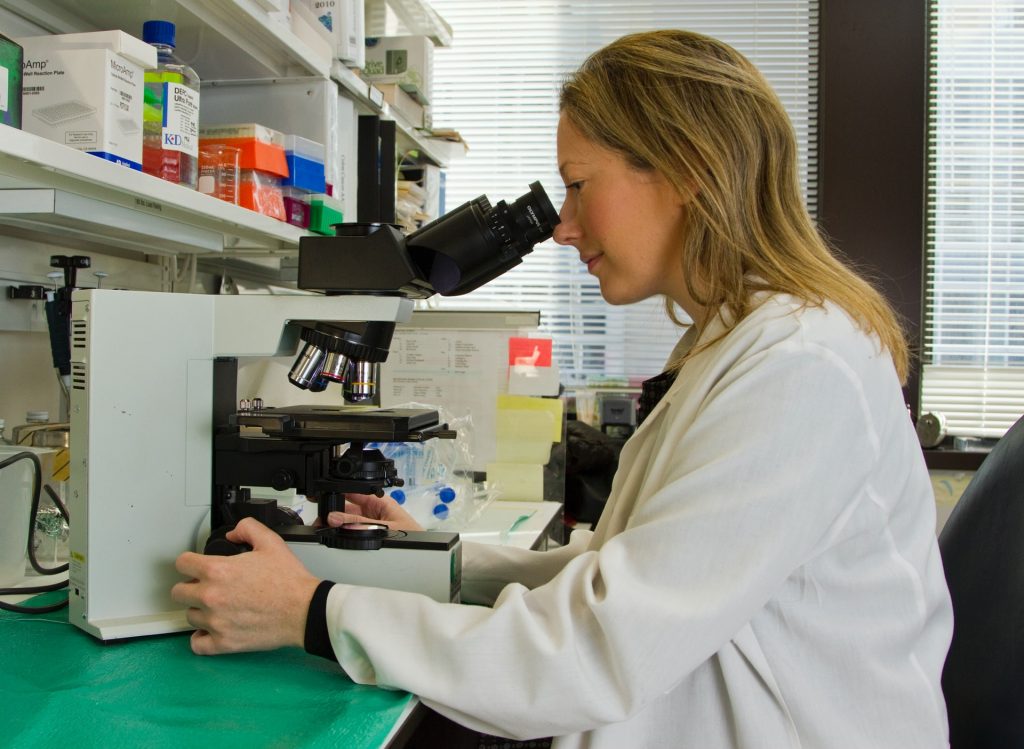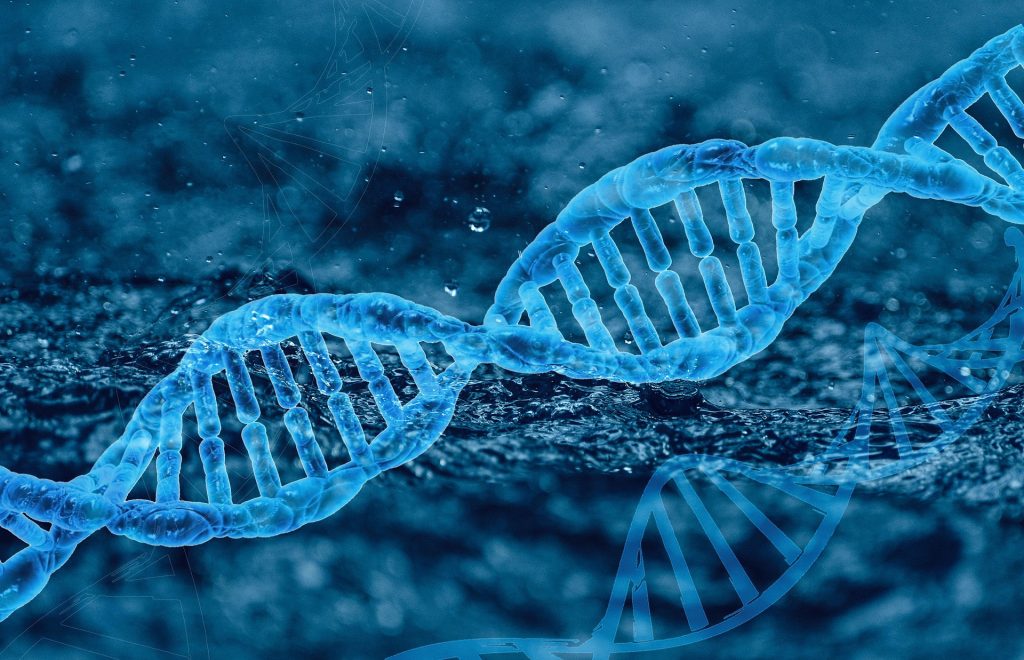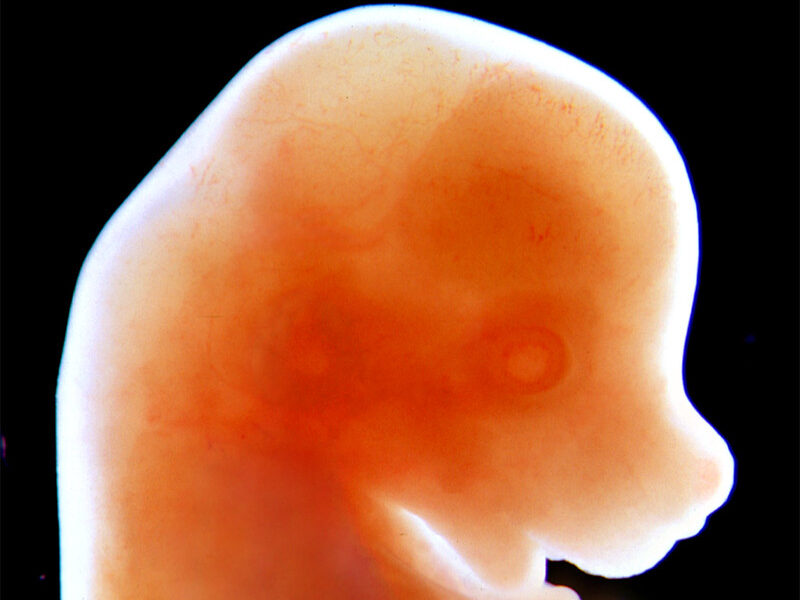Metabolism Through Life Varies in Unexpected Ways

A new study published in Science suggests that falls in metabolism occur much later in life, with a peak at a much younger age than anticipated.
“There are lots of physiological changes that come with growing up and getting older,” said study co-author Herman Pontzer, associate professor of evolutionary anthropology at Duke University. “Think puberty, menopause, other phases of life. What’s weird is that the timing of our ‘metabolic life stages’ doesn’t seem to match those typical milestones.”
Together with an international team of scientists, Prof Pontzer analysed the average energy expenditure of more than 6,600 people ranging from one week old to age 95 as they went about their daily lives in 29 countries.
Previously, most large-scale studies measured how much energy the body uses to perform basic vital functions. But that amounts to only 50% to 70% of the calories we burn each day. It doesn’t take into account the energy we spend doing everything else.
To come up with a number for total daily energy expenditure, the researchers relied on the “doubly labeled water” method, a urine test that involves having a person drink water with isotopes of hydrogen and oxygen and measuring how quickly these were flushed. This gold standard technique for measuring energy expenditure in humans outside the lab since the 1980s, but studies have been limited in size and scope due to cost. To overcome this, multiple labs pooled their data.
The research into energy expenditures revealed some surprises: compared to body weight, infants had the highest metabolic rates of all, rather than people in their teens or 20s as might be expected.
Energy needs shoot up during the first 12 months of life, and by their first birthday, a one-year-old burns calories 50% faster for their body size than an adult.
This comes from more than just tripling their birth weight in the first year. “Of course they’re growing, but even once you control for that, their energy expenditures are rocketing up higher than you’d expect for their body size and composition,” said Pontzer, author of the book, “Burn,” on the science of metabolism. “Something is happening inside a baby’s cells to make them more active, and we don’t know what those processes are yet,” Pontzer said.
After this initial surge in infancy, the data show that metabolism slows by about 3% each year until we reach our 20s, when it stabilises.
Teenagers, despite their growth spurt, did not result in an uptick in energy intake once weight was accounted for. “We really thought puberty would be different and it’s not,” Pontzer said.
Midlife was another surprise, with a thickening waistline from the 30s often ascribed to a changing metabolism, but the results show other factors are responsible.
In fact, the researchers discovered that energy expenditures from the 20s to 50s were the most stable. Even during pregnancy, a woman’s calorie needs were no more or less than expected given her added bulk as the baby grows. Metabolism only declines after age 60, and only by 0.7% a year. A person in their 90s needs 26% fewer calories than one in midlife.
Lost muscle mass explains part but not all of the picture. “We controlled for muscle mass,” Pontzer said. “It’s because their cells are slowing down.”
The patterns held even when differing activity levels were taken into account.
Energy expenditure changes have been difficult to analyse because so much else is going on, Prof Pontzer said. But the research supports the idea that it’s more than age-related changes in lifestyle or body composition.
“All of this points to the conclusion that tissue metabolism, the work that the cells are doing, is changing over the course of the lifespan in ways we haven’t fully appreciated before,” Prof Pontzer said. “You really need a big data set like this to get at those questions.”
Source: Duke University










